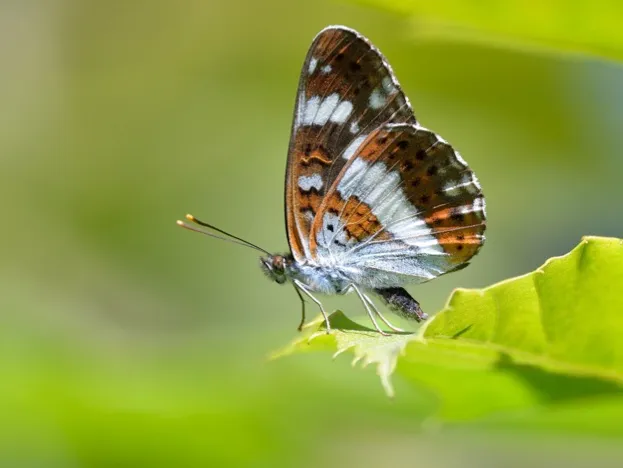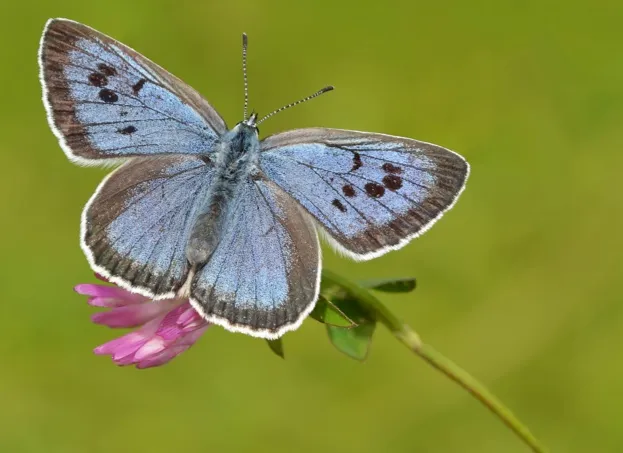An annual survey has discovered that 40 of the 57 butterfly species studied have declined compared with 2015 results.
Although most of the UK enjoyed a warm and dry summer last year, the mild winter followed by a cold spring contributed to conditions that butterfly species struggled with.
The UK Butterfly Monitoring Scheme (UKBMS), led by Butterfly Conservation (BC) has been running since 1976, and consists of thousands of volunteers collecting data.
“The results show that butterflies are failing to cope with our changing climate and how we manage the environment,” said BC’s Professor Tom Brereton. “As butterflies are regarded as good indicators of environmental health, this is hugely concerning for both wildlife and people.”
Research indicates the UK’s increasingly warmer winters are having a long term negative impact on butterflies as they are likely to lead to increased disease, predation or disruption of overwintering behaviour.
The highly threatened heath fritillary saw numbers drop by 27% compared to last year, declaring its worst year on record for the second year running.
This ongoing dramatic decline raises the extinction risk for the species whose numbers have fallen by 82% in a decade.
Furthermore, the grizzled skipper, wall, grayling, white-letter hairstreak and white admiral all recorded their worst ever years.

“What is of greatest concern is the regularity these short-term changes have, resulting in significant long term declines for many species,” said Centre for Ecology & Hydrology's Dr Marc Botham.
However, some butterflies showed positive trends. The once extinct large blue, one of the UK’s rarest, experienced its second-best year on record with a 38% rise.
This is due to conservation strategies to improve specific grassland habitat since its reintroduction in 1983.

UKBMS top five winners and losers
(Rank. Species, Percentage change 2015-2016)
UKBMS top five winners
- Red admiral, 86%
- Small blue, 45%
- Large blue, 38%
- Clouded yellow, 35%
- Chequered skipper, 28%
UKBMS top five losers
- Lulworth skipper, -61%
- White admiral, -59%
- Essex skipper, -52%
- Common blue, -52%
- Large heath, -50%
Main image: Heath fritillary numbers dropped by 27%. © Will Langdon/Butterfly Conservation